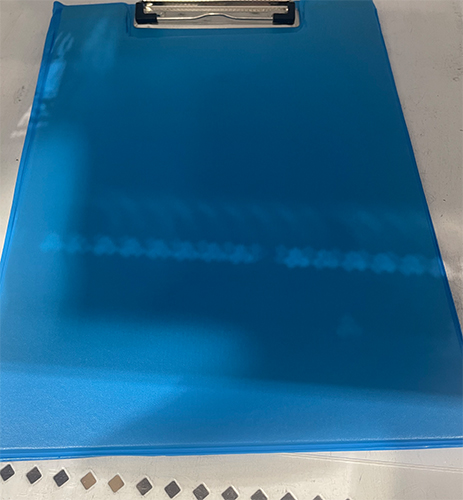 A risk assessment template is typically a tool used in the workplace to identify and control risks. Before starting any business, you need to identify all potential risks the company may face and analyze to get a solution for evading them. Risk assessment is a broad field that involves identifying and analyzing possible factors in internal and external environments that may negatively impact a business or individual.
A risk assessment template is typically a tool used in the workplace to identify and control risks. Before starting any business, you need to identify all potential risks the company may face and analyze to get a solution for evading them. Risk assessment is a broad field that involves identifying and analyzing possible factors in internal and external environments that may negatively impact a business or individual.



 Safety in the workplace is paramount and conducting a risk assessment is an important way to keep employees and customers safe. Risk assessments are detailed inspections of a workplace that uncover potential safety hazards, so it's no surprise why they're so important. But why are they necessary?
Safety in the workplace is paramount and conducting a risk assessment is an important way to keep employees and customers safe. Risk assessments are detailed inspections of a workplace that uncover potential safety hazards, so it's no surprise why they're so important. But why are they necessary?
